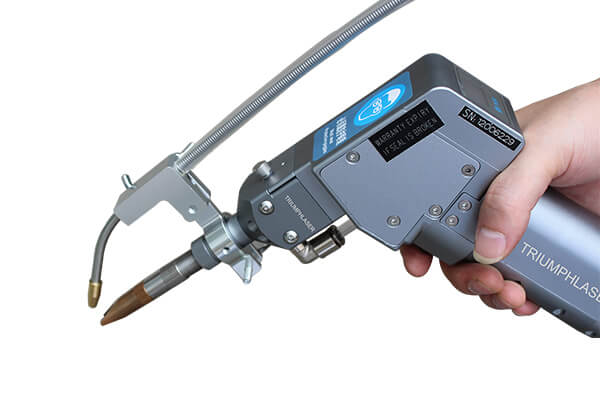
The core difference between a laser cleaner gun and a laser cutting device lies in the precise control and application of energy. While both utilize focused light, the intent and resulting effect on the target material are vastly different. A laser cutting device aims to sever or separate material by delivering a high concentration of energy to create a localized melting or vaporization effect. The process is designed to penetrate deeply and create a clean cut through the material. Think of it like a hot knife slicing through butter – the energy is focused and intense, designed to break the material’s bonds.
A laser cleaner gun, on the other hand, employs a more nuanced approach. Its primary function is not to cut or remove bulk material but rather to selectively remove surface contaminants or coatings. This requires a much more delicate balance of energy delivery. Instead of brute force, a laser cleaner gun relies on carefully controlled pulses of light. These pulses interact with the target material in a way that causes the contaminants to vaporize, ablate, or otherwise detach from the underlying substrate, while leaving the substrate itself largely unaffected.
The key distinction lies in the interaction between the laser and the material. In laser cutting, the goal is a thermal process. The laser’s energy is converted into heat, which melts or vaporizes the material. The process is often characterized by significant heat transfer and the creation of a heat-affected zone in the surrounding material. The intensity of the laser beam is high enough to break the chemical bonds of the material being cut.
A laser cleaner gun, however, often utilizes a photochemical or photophysical process. While some heat may be involved, the primary mechanism is not simply melting or vaporization. The laser’s energy is tuned to specifically target the contaminants, causing them to undergo a phase change or break their bonds without significantly affecting the underlying material. This selectivity is crucial. Imagine trying to remove paint from a delicate antique without damaging the underlying wood. A laser cleaner gun can be precisely controlled to remove the paint layer by layer without harming the wood beneath.
The wavelengths of light used in a laser cleaner gun are often chosen to maximize the absorption of the contaminants while minimizing the absorption of the substrate. This difference in absorption rates allows the laser to selectively target the unwanted material. The pulse duration, power, and frequency of the laser are also carefully controlled to achieve the desired cleaning effect without damaging the substrate. A longer pulse duration might lead to excessive heat buildup and damage, while a shorter pulse duration might not provide enough energy to remove the contaminants effectively.
Furthermore, the type of laser used in a laser cleaner gun can vary depending on the specific application. Different types of lasers emit light at different wavelengths, and these wavelengths interact differently with various materials. Some lasers are better suited for removing organic contaminants, while others are more effective at removing metallic oxides or other inorganic materials. The choice of laser is crucial for achieving optimal cleaning results.
The precision offered by a laser cleaner gun is another critical factor. The laser beam can be focused to a very small spot, allowing for highly localized cleaning. This is particularly important for applications where precision is paramount, such as cleaning intricate parts or removing contaminants from delicate surfaces. The ability to precisely target the cleaning area minimizes the risk of collateral damage to the surrounding material.
In essence, while both laser cutting and laser cleaning utilize focused light, they represent fundamentally different approaches to material processing. Laser cutting is a subtractive process that aims to remove bulk material, while laser cleaning is a selective process that aims to remove surface contaminants without affecting the underlying substrate. The key differences lie in the energy delivery, the interaction mechanism between the laser and the material, and the intended outcome. The laser cleaner gun is not about cutting; it’s about carefully and precisely manipulating light to achieve a targeted cleaning effect.





Leave a Reply